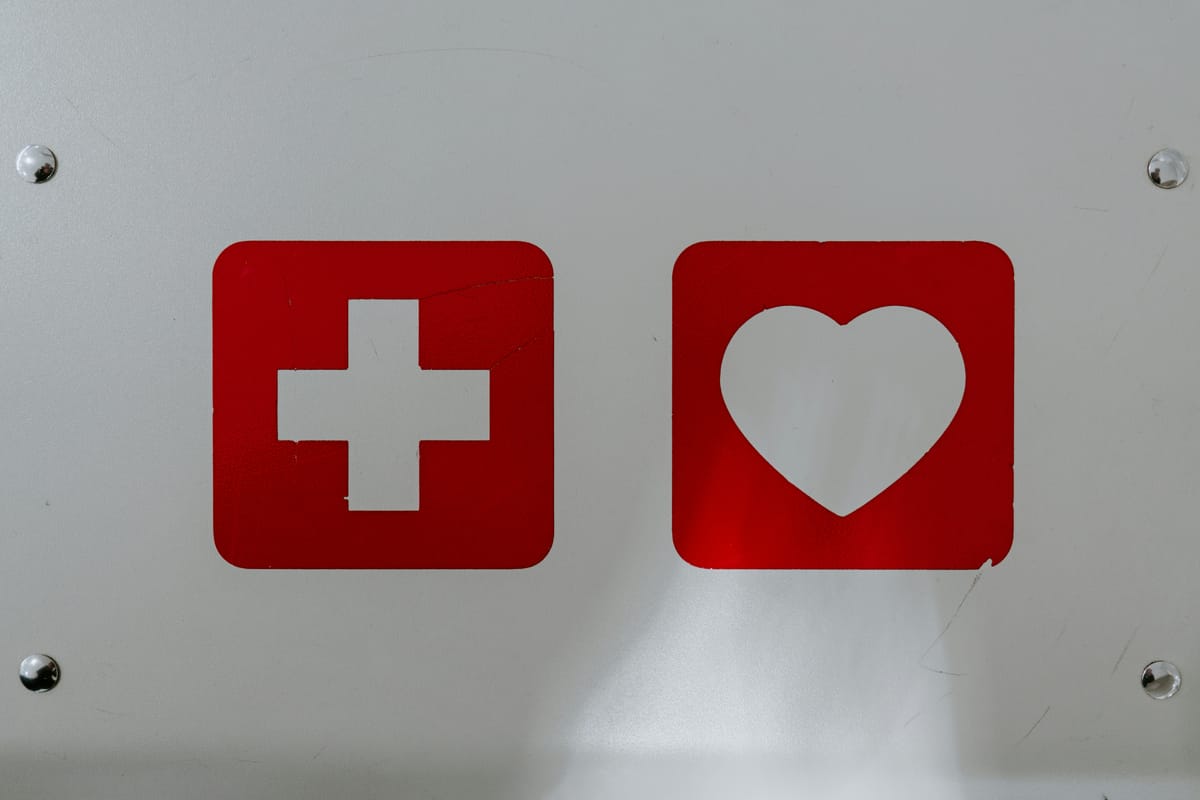Building Psychological Safety in a QA Organization

A funny thing happens when quality teams start to scale.
At five people, everyone talks. At fifteen, people hesitate.
At fifty, silence becomes policy.
You can have all the automation coverage in the world, but if your testers and developers don’t feel safe raising risks, you’ve already lost quality before a single test runs.
The real reason bugs slip through
Most post-mortems blame a missed test case, not a missed conversation.
But 90% of the time, the root cause isn’t technical; it’s cultural.
A QA engineer saw a flaky login test and thought, “Something deeper is wrong with auth.”
A developer noticed a race condition in staging but said, “I don’t want to sound paranoid.”
A manager rushed a release because the team was afraid to push back.
That’s not a tooling failure. That’s a psychological safety failure.
When your culture penalizes friction, it rewards silence.
And silence is where defects breed.
Psychological safety ≠ comfort
Let’s get something clear: psychological safety isn’t about coddling people.
It’s about permission to speak hard truths without fear; even when those truths slow a sprint.
In QA, that’s everything. Our job is literally to surface uncomfortable facts:
- “This test failed again; we need to rethink our locator strategy.”
- “This release candidate isn’t stable enough for production.”
- “Our automation metrics look good, but coverage is a lie.”
When people are afraid to say those things, they start gaming metrics instead of improving them. That’s how “QA sign-off” becomes a rubber stamp.
The invisible tax of fear
Teams that lack psychological safety pay a hidden tax:
- False confidence. People downplay risks to avoid looking negative. The dashboard looks green, but the floorboards are rotten.
- Innovation freeze. Engineers stop proposing bold ideas. Every experiment feels career-limiting.
- Blame loops. When production bugs hit, post-mortems turn into witch hunts instead of learning sessions.
- Attrition. Your best critical thinkers leave; the ones who did care enough to speak up.
Over time, you get compliance without conviction.
And nothing kills quality faster than a team that no longer believes what it says.
Where it starts: leadership tone
Psychological safety is set, not declared.
It doesn’t come from an HR policy or an all-hands slide. It comes from what leaders do when things go wrong.
When a regression escapes to prod, do you:
- Ask “Who missed this?”
or - Ask “What signal did we miss that could have prevented this?”
That single word; who versus what is the difference between fear and learning.
The moment your engineers see you handle a failure with curiosity instead of blame, they start to exhale. That’s the oxygen psychological safety needs.
How I’ve built it in real teams
In the past, I've built all the shiny stuff; enterprise automation, CI/CD pipelines etc. But the biggest quality breakthrough didn’t come from a framework. It came from weekly post-mortems where the rule was simple:
“You can criticize the process, never the person.”
Build a ritual around transparency:
- Every test failure had a ticket and a root cause category: infra, product, locator, environmental, unknown.
- Anyone could label something “unknown” without being grilled.
- We discussed patterns, not people.
Within a quarter, two things happened:
- Flaky tests dropped 40%.
- People started volunteering risks before they became incidents.
The message that landed: your honesty is more valuable than your perfection.
Rituals that reinforce safety
Psychological safety isn’t a one-time pep talk. It’s a set of consistent, predictable rituals that prove the system won’t punish honesty.
Here are a few that have worked in my orgs:
1. Red Flag Fridays
A 15-minute Slack thread where anyone can drop a concern; technical, cultural, or operational.
No rebuttals, no defensiveness, just acknowledgment.
It normalizes dissent as part of the rhythm.
2. “Last 5%” reviews
Before release sign-off, QA presents the ugliest 5% of test results; things that make everyone uncomfortable.
If we can talk openly about the messy edges, we trust the rest more deeply.
3. Blameless retros with receipts
We review actual CI logs and test history so feedback isn’t personal.
We’re debating evidence, not egos.
4. Leadership vulnerability
Leaders model imperfection first:
“I green-lit this release too fast last week. Here’s what I missed.”
That sentence buys you more trust than any motivational poster ever could.
The engineering connection
Developers sometimes roll their eyes at “psych safety” talk.
But here’s the bridge: it’s the same principle that makes continuous integration work.
CI/CD relies on fast feedback loops; you commit, you learn, you improve.
Psychological safety is that same feedback loop for humans.
If people don’t feel safe surfacing early warnings, your organization becomes like a broken CI pipeline:
signals get muted, builds fail silently, and the cost of defects explodes later.
Think of psychological safety as organizational observability for culture.
Practical signals that you have it
You’ll know psychological safety is taking hold when:
- People start calling out flaky tests publicly; without fear of being blamed.
- Junior engineers push back on a risky deploy, and senior ones thank them.
- Your Slack threads show laughter and disagreement.
- “I don’t know” becomes a normal phrase in stand-ups.
- Post-mortems generate pull requests, not PowerPoints.
That’s when you know the culture is learning faster than it’s failing.
What kills it instantly
Even one of these habits can destroy months of progress:
- Public shaming. Never quote-tweet, screenshot, or call someone out to prove a point.
- Metric worship. When teams start chasing green bars instead of risk reduction, honesty dies.
- Closed-door decisions. Nothing says “your voice doesn’t matter” like secretive prioritization.
- Hero culture. When the loudest voice always wins, the careful ones stop speaking.
As a leader, you can’t stop every bug, but you can stop every silence.
That’s your real job.
Building safety into the roadmap
Quality and culture scale the same way: intentionally.
Here’s how I embed psychological safety directly into the QE roadmap:
| Phase | Practice | Outcome |
|---|---|---|
| 1. Foundation | Blameless test reviews, risk tagging, CI transparency | Normalize truth-telling |
| 2. Growth | Cross-team defect reviews, public dashboards | Shared ownership |
| 3. Maturity | AI-driven root cause classification, retro analytics | Data replaces blame |
The goal isn’t to make everyone comfortable; it’s to make honesty the path of least resistance.
The deeper reason this matters
Software quality is human trust, codified.
If people don’t feel safe with each other, your customers won’t feel safe with your product.
Every flaky test, every false green, every silent “let’s just ship it” moment traces back to one thing:
someone didn’t feel safe to say, “Wait, something’s wrong.”
So, as leaders, we need to build systems where speaking up is not an act of courage; it’s just how work gets done.
Closing: The Quiet Superpower
When people know they won’t be punished for being honest, magic happens:
- Bugs surface earlier.
- Innovation accelerates.
- Teams start holding the system accountable instead of each other.
That’s the moment quality shifts from compliance to conviction.
Automation might catch the symptoms.
Psychological safety cures the disease.
If you’re leading QA, your loudest metric isn’t test coverage; it’s how freely your team speaks when something feels off.
When that signal is strong, you’ve already won the hardest quality battle there is.



Comments ()